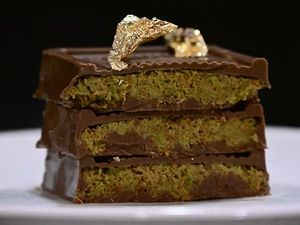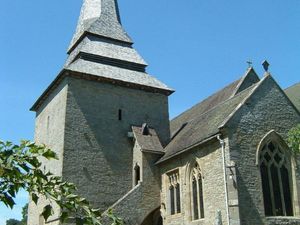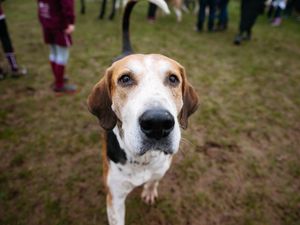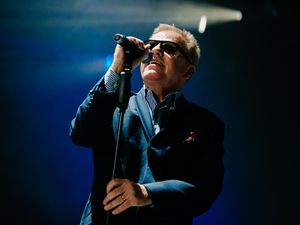Volcano Live - TV review
On paper, live shows don't get better than this – you have explosive gases, lava, ash, cutting edge technology and, of course, Kate Humble.
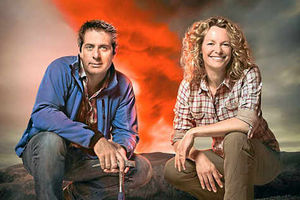
On paper, live shows don't get better than this – you have explosive gases, lava, ash, cutting edge technology and, of course, Kate Humble.
But as we sat back and anticipated the biggest and best pyrotechnic displays that nature has to offer, we were instead given a comedian armed with Mentos and diet Coke trying to figure out the difference between spurting and seepage.
Don't get me wrong, I wasn't expecting to see Kate Humble and Professor Iain Stewart playing chicken in a lava field or juggling molten rocks . . . but I wasn't expecting a live show offering 90 per cent of pre-recorded footage and awkward chats with volcanologists either.
Volcano Live is a four-part series exploring the inner-workings of some of the most volatile places on earth, using thermal cameras to get up-close and personal with this natural phenomena.
In the first instalment, Messrs Stewart and Humble presented live from Kilauea in Hawaii, the world's most active volcano.
An effervescent Humble burst onto the screen, shouting 'amazing' at every turn as she pointed to a giant smoke-filled crater, while Prof Stewart desperately clutched his cue-cards.
Humble is a true pro when it comes to live television, and whether she is talking about lambs, birds or lava flows, her enthusiasm radiates from the camera and makes you believe that what you are about to see really is truly 'amazing'. Imagine the anti-climax when, after all the build up, we were presented with a black and white image of Halema'uma'u lava lake that looked more like grainy footage of the moon landings.
No matter, because the presenters then hopped into a converted Winnebago to show us live footage of some of the world's most volatile and ferocious volcanoes in action . . . but it appeared none would perform for the cameras and could only muster a mere splutter and puff of smoke that resembled the dying embers of a bonfire.
After Professor Stewart tempered Humble's enthusiasm with a very serious demonstration of the earth's core using a cross-section of a pineapple, it was then down to the presenters to explain why volcanoes behave in different ways. To illustrate effusive (seeping) and explosive (spurting) lava, they handed over to comedian Ed Byrne to inject a bit of fun into natural history.
Armed with pop and sugar, the comic basically recreated one of those volcano kits that you can buy from all good toy shops these days as he demonstrated how pressure and gases play a vital part in its behaviour.
But it wasn't all high jinks and tropical fruit, and the most insightful part of the show came during Humble's sojourn to Iceland to visit Eyjafyallajokull, the volcano which caused air traffic chaos back in 2010.
After holding Europe to ransom with its endless plumes of ash, this once tortured lump of rock is now a serene, snow-covered mountain.
The show then followed the work of Geologist Lorraine Field who visited the Democratic Republic of Congo to see some of the worlds most spectacular volcanoes. It was her experiences that proved the most engaging due to the fact that her stunning footage of a lava lake far surpassed the live stuff in Hawaii.
Where the live footage was lacking, the cinematography compensated as there was something very satisfying about watching the formation of the earth's crust from liquid rock.
And credit must be given to both presenters who worked tirelessly to inject a bit of life into the show.
But unless Humble and Stewart had been propelled into the stratosphere atop a lava fountain, then there was nothing unique about this live experience that I hadn't seen before on a GCSE geography programme.
If, like me, you are a fan of natural history, then stick with it for the next three nights . . . but be warned, it is no core-shaker.

